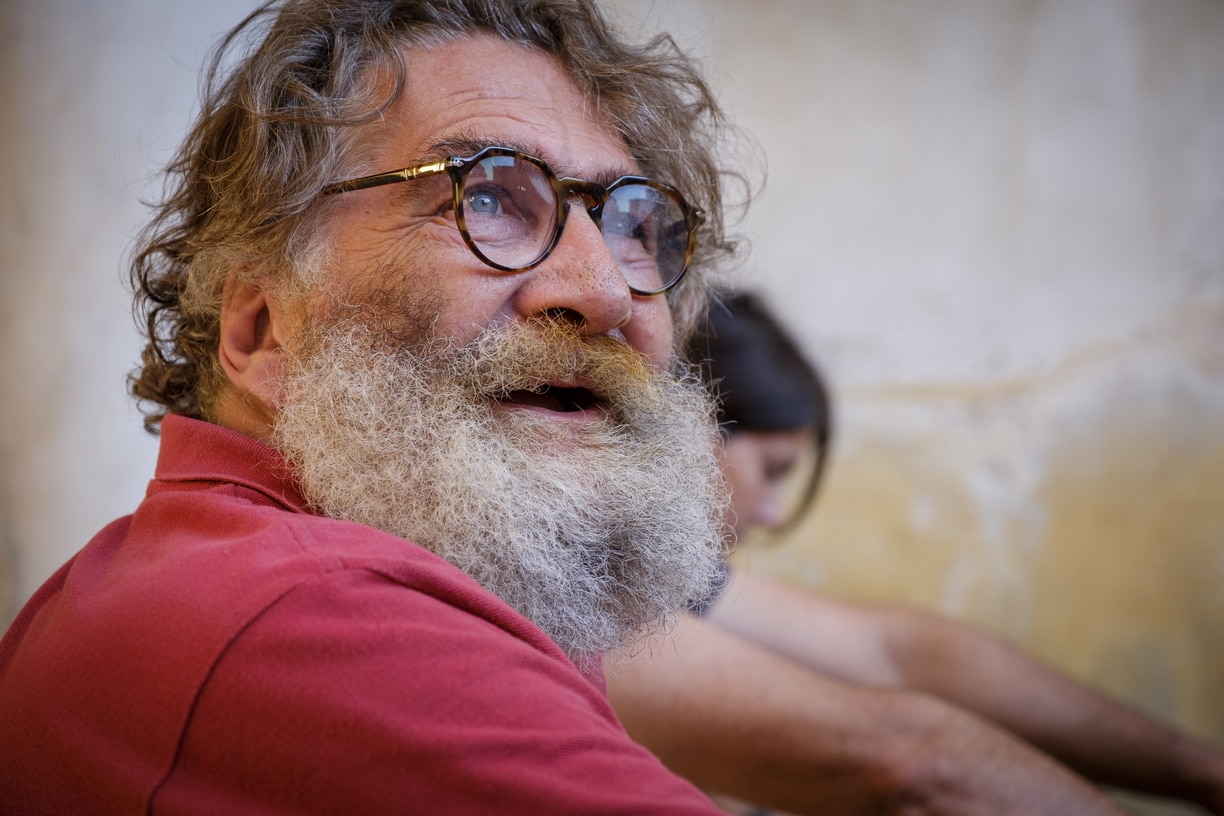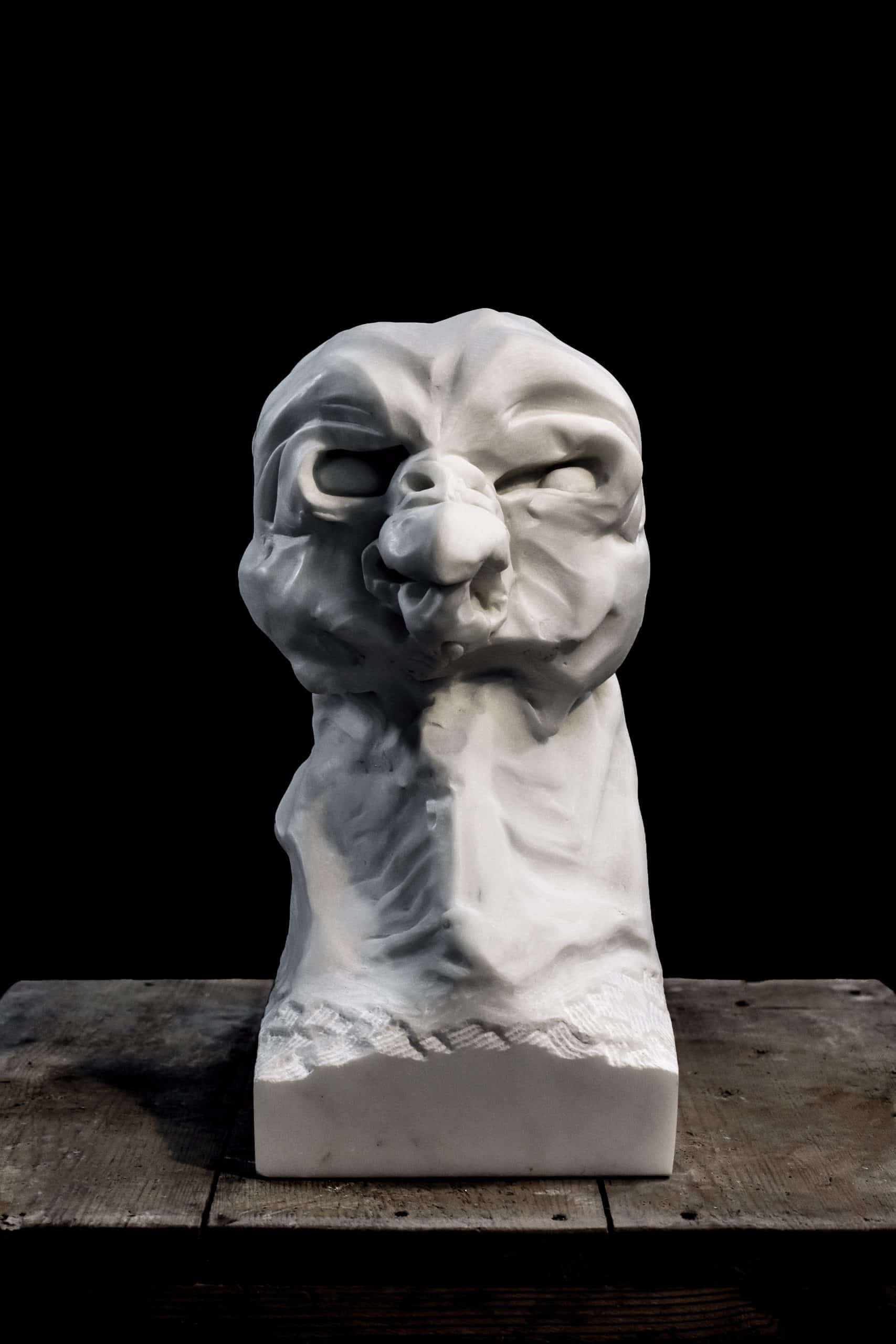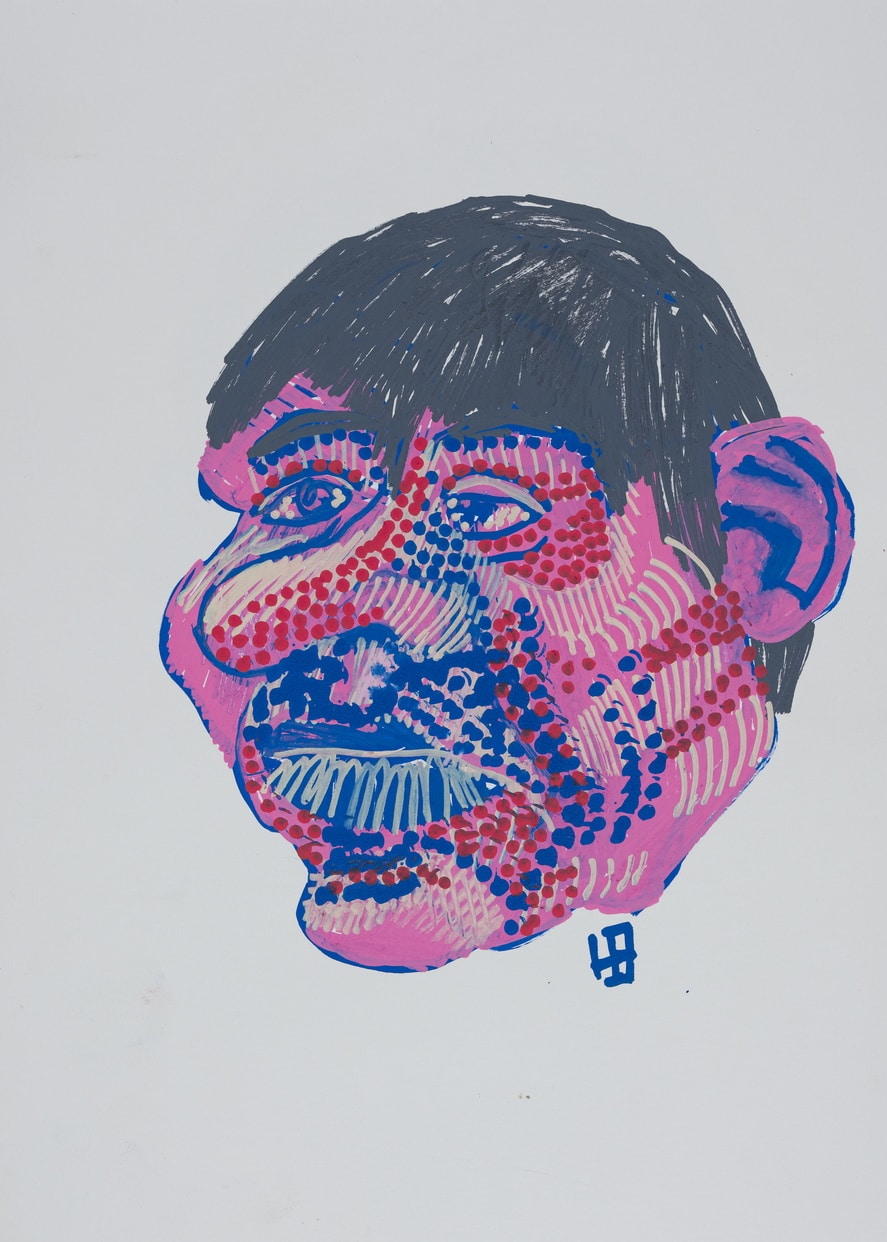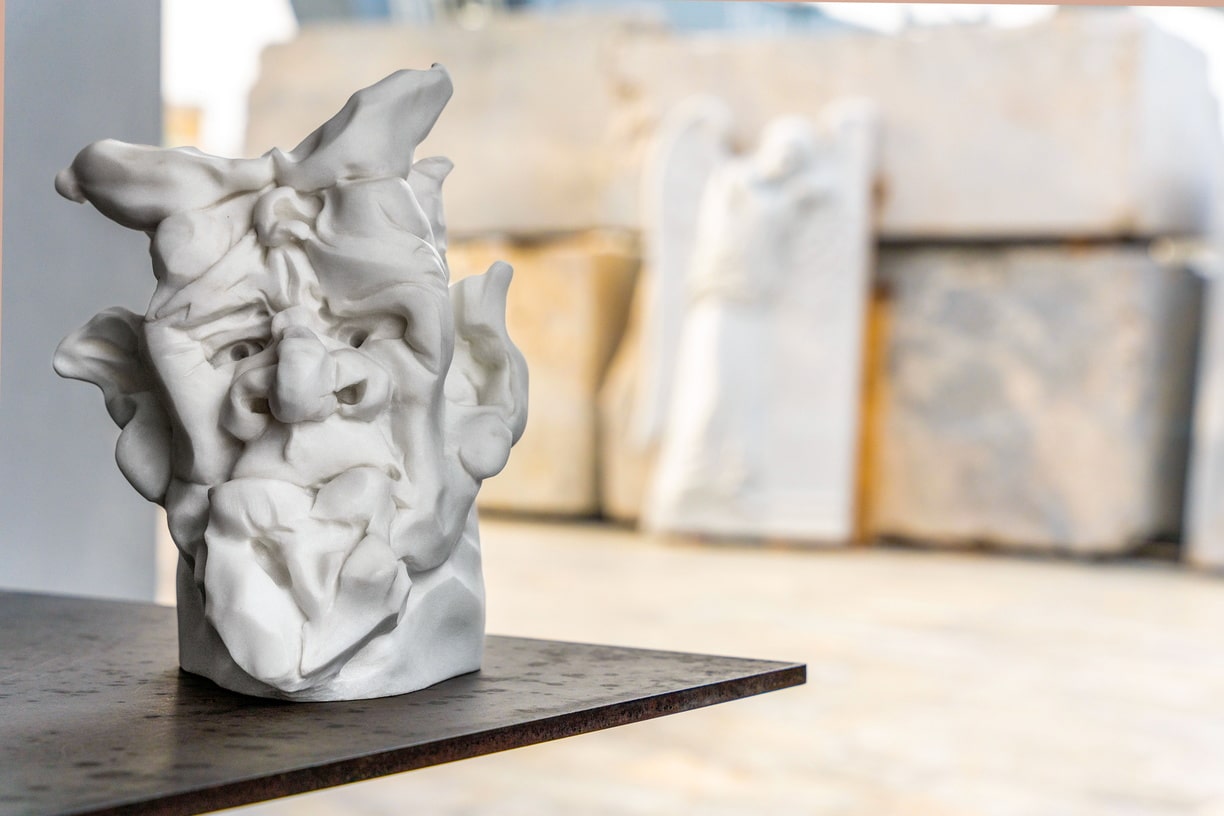Text written by Frédéric Elkaïm
It is not uncommon for art history to reveal to us, decades later, the creative power of long-unrecognized artists. For example, Louise Bourgeois who built a unique and protean body of work without New York cultural circles being aware of her immense contribution before she reached her fifties.

Of course, many modern art artists can be linked to this phenomenon, from Cézanne to Gauguin via Hilma af Klint or more recently Alina Szapocznikow… They are often painters and sculptors who create an original work but independent, and who prefer to devote their time to the tireless search for form and the meaning that emerges from it, rather than to recognition by professionals or the public. These “innovators” do not neglect the heritage from their elders and the multiple influences that torment them. However, they try at the same time to synthesize these contributions while going beyond them, to establish their own personal program. They are often scholars, philosophers, spiritual minds or exceptional sensibilities capable of absorbing in an original way the creativity that a long artistic tradition has given them and that they manage to sublimate in a renewed vision. Henri Beaufour belongs exactly to
this category of artists. At the same time baroque, expressionist and informal, he has been building for nearly thirty years, an abundant but coherent work which imposes itself outside the commercial and institutional circuits and henceforth deserves the full light.
Trained in art and art history in the United States, France and Italy, passionate about literature and curious about all forms of culture and philosophy, Henri Beaufour does not neglect "the art of the hand", that he will experience for many years with "master sculptors", without however leaving aside the practice of drawing and painting which remain a base for him, because as he says himself: "The practice of drawing allows me to grasp the shapes of the sculpture which is nothing but an object”. We see it from the outset, the relationship between expressiveness and the symbol passes for him by the "spontaneous and direct realization", a form of "body to
body” with the material that will innervate all his work and inject an overall feeling of great power. Whether he practices direct carving himself or whether he leaves it to practitioners to realize his drawings, his ideas, our sculptor is a kind of instinctive genius who knows how to breathe life into marble, and yet who never ceases to try to open up a conceptual, intellectual, referenced space (myths, historical figures, allegories) between the inertia of the material and its expressionist vitality. If he settled in Pietrasanta, a Tuscan medieval town renowned for its foundries and marble works since the Renaissance, it was because he could develop a workshop there linked to the great history of sculpture and cultivate dynamic effects there. and inspiring that are still present there, while "building" a universe that carries this heritage to new conclusions.
Beaufour is therefore an artist who, in his own spontaneous and unique way, fits into a number of references. Let us quote pell-mell Baroque sculpture and particularly Le Bernin, as well as his avatars in the 19th century such as Carpeaux or even Rodin for power, even Henry de Waroquier of the School of Paris. As sculpture never ceases to question the persistence of its ancient heritage, it is quite natural that Beaufour in turn wonders about the notions of classicism, baroque, naturalism and expression dear to any experimenter. His "bestiary" of sculpted animals is more in keeping with the culture of antiquity and the Middle Ages, from metamorphoses and fables to the fantastic world, as well as the resurgence of an artistic interest in animal singularity developed in the 19th and 20th centuries by Barye, Jouve, Pompon etc. His drawing, painting, engraving, are for him so many parallel and complementary paths in his infinite attempt to transmit

a truth of life through matter. Expressionism seems to reign supreme there, from Kirchner to the distant heirs that can constitute, through informal art, major figures of a tortured portrait of humanity such as Dubuffet, Bacon, or even Combas and Basquiat. Nor can we forget the “vitalism” of the CoBra movement.

which also seems to irrigate his line, nor of course the tutelary shadow of Picasso, whose influence is also perceptible in the practice of painting on plates...
Despite this harvest of influences and references perfectly digested by Henri Beaufour, it would be absurd to confine it to an echo of these tendencies which, however, all have in common a freedom of expression and an energy of forms, an overall coherence that the found everywhere in his production. Because there is in his work a singularity which is the mark of a perfectly original spirit and totally detached from current fashions. His graphic universe is crossed by a fertile paradox between unbridled expressiveness and contemporary banality, thus underlining both a certain emptiness of existence but also the grandeur of simplicity. The characters, whether historical, media or anonymous, are captured with force in the painted, engraved, drawn portraits, as if frozen in the middle of an uncertain, modest, ambiguous movement, and yet raised by a generous, brilliant, ample line. . The faces are often grotesque and tormented, sometimes sarcastic
or cruel: they question us about an unvarnished truth of our human condition. They are the culmination of fine observations and countless sketches. But it is in sculpture that Beaufour's practice reaches particularly tortuous heights of creative singularity. It is difficult to define what provokes in the viewer such an impression of amazement in front of pieces which nevertheless seem to draw from a universal repertoire, from prehistoric statuary to the most current forms. Naturalistic or on the contrary fantastic beasts, figures from the Bible or antiquity, unidentified individuals lost in their own vagueness, it is an inexhaustible gallery of truly "inhabited" and living characters who continue to move before our eyes from sardonic and at the same time deeply fragile way. It is a vitalist, expressionist, powerful, spontaneous dimension, the manner of which belongs only to him. They are electric impulses

which cross the marble, releasing chiseled features, chiselling time like wrinkles, edifying grotesque and yet finely chiseled faces. These are the emotions that pass through us directly, physically, in this contact with a finally animated material. And this is probably the reason why one can only wonder: is Henri Beaufour not developing, in the strictest confidentiality, an important work? Time to take a closer look!!!
© Henri Beaufour - All rights reserved.
Notre site internet utilise des cookies pour améliorer votre expérience de navigation.